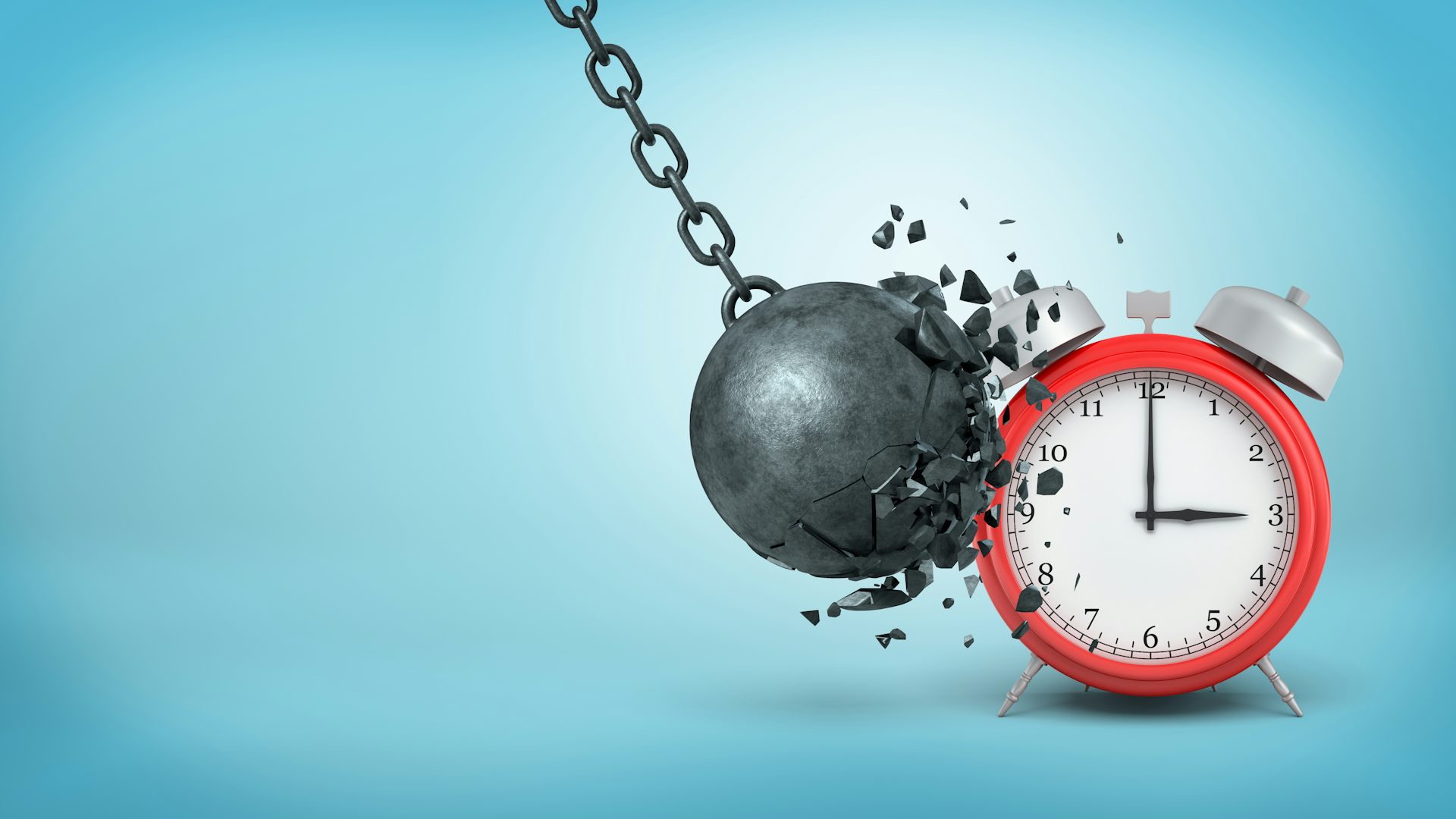Why Indian American spelling bee success is more than just an endearing story
Making sure that children hone skills and build up credentials at a young age are part of a long-term plan common among the South Asian parents who immigrate to the United States.

Over the past 20 years, Indian Americans have come to dominate the Scripps National Spelling Bee even though they comprise only about 1% of the U.S. population.
The bee was canceled in 2020 due to the coronavirus pandemic. But there were eight co-champions in 2019, seven of whom were Indian American – bringing the total number of Indian American champions since 1999 to 26.
There’s even a documentary on this this endearing story, “Spelling the Dream.” But I contend that their commitment to these competitions stems partly from perceived hurdles they face in higher education. And I believe that their achievements inadvertently further educational inequalities.
The academic track
I spent years with Indian American, white and other families engaged in spelling bees, math competitions and other after-school academics while doing research for my book, “Hyper Education: Why Good Schools, Good Grades, and Good Behavior Are Not Enough.”
In one chapter, I explained why Indian Americans have come to dominate bees. I believe that their success has to do with a firm commitment by families to spend the time and money necessary to help their kids fully prepare. These children excel not just in spelling bees but also in geography, math and other academic competitions.
Most of my book addresses a more revealing question: why families care about such competitions and advanced academics in the first place and the implications around that.
Most U.S. kids participate in activities outside school, usually involving sports, the arts, religious or civic activities. Indian immigrant children do these things too, but many of their parents also make them at least try extracurricular academic activities, especially competitive ones.
The more than 100 Indian American parents I interviewed between 2011 and 2018 believed that for their children to have a good shot at getting into a prominent university their children would need an undeniably strong academic record to compensate for what they saw as weak networks and a lack of college legacy status.
Parents also worried that college admission officers might hold their children, as Asian Americans, to a higher standard in expected test scores.
“We have to have 130 points above other groups,” one father of a spelling contestant said about the SAT college entrance exam. He assured me that tutoring centers and spelling bees would help his daughter get a higher score, an attitude echoed by other parents and children alike.
Pursuing after-school education to help their children eventually become more competitive college applicants makes sense to these immigrant parents given their own upbringing with similar tutoring. I think it’s only natural for parents to promote what they are most familiar with, and many of these parents have advanced degrees and grew up with intense academic expectations.
A cost of achievement
As Indian American children boost their test scores and other academics through studying words, mastering quadratic equations and other intellectual endeavors, they inadvertently contribute to what I see as a troubling trend: the widening educational gaps between higher-income and lower-income families.
Achieving in these competitions often requires spending hundreds or even thousands of dollars. Hexco, a publisher specializing in contest preparation, sells word guides and packages of eight coaching sessions that cost US$1,725.
According to its website, 94% of spellers who “advanced to the Scripps finals on ESPN were Hexco customers” in 2019. Indian Americans have an average household income of $100,000, well above the national average of $53,600. Many use this economic edge to advance their children’s grades and scores.
So, while Indian Americans gravitate toward academic competitions because they worry about otherwise their children will lack equal opportunities, they reinforce educational inequality in the process.
This is related to the growing trend of supplemental education by higher-income families generally, which I also studied. The expansion of after-school learning for children who are not struggling at school seems bound to continue as the COVID-19 pandemic keeps going.
A fear for parents
Many parents are worried that their children aren’t going to learn much while school buildings are closed due to the coronavirus pandemic.
Many tutoring companies are advertising their services to families who can afford them as a way to stop the academic backtracking known as the the “COVID slide.”
The pursuit of after-school education, whether through competitions or tutoring centers, is increasingly common for middle class families. I’m certain that it’s prone to grow even more. Why parents pay for and encourage it can have something to do with their ethnic backgrounds, but one outcome is the same: growing educational inequality.
Pawan Dhingra volunteered as a spelling bee pronouncer at a North South Foundation regional spelling bee in 2016.
Read These Next
RFK Jr. wants to scrutinize the vaccine schedule – but its safety record is already decades long
Federal officials are questioning the safety of the vaccine series children receive. Here’s the story…
Deception and lies from the White House to justify a war in Venezuela? We’ve seen this movie before
Two US wars based on lies, in which tens of thousands of American troops and millions of civilians died,…
Understanding climate change in America: Skepticism, dogmatism and personal experience
Real skeptics study the evidence and ask questions, rather than taking political dogma on faith. Experiencing…






